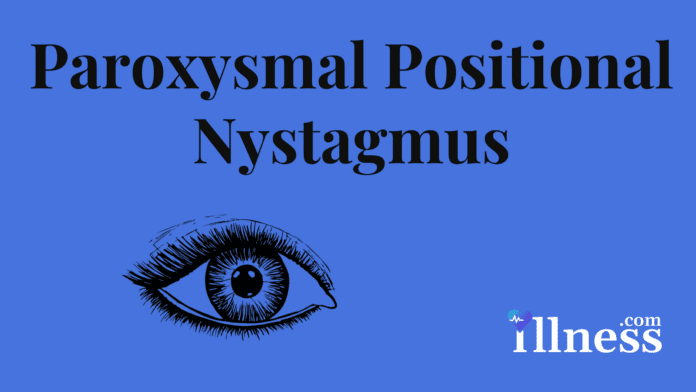Overview Of Benign Paroxysmal Positional Vertigo
Benign paroxysmal positional vertigo is a sensation of motion or spinning that is often described as dizziness. Vertigo is not the same as being lightheaded. People with vertigo feel as though they are actually spinning or moving, or that the world is spinning around them.
Commonly Associated With
Peripheral vertigo; Central vertigo; Dizziness; Benign positional vertigo; Benign paroxysmal positional vertigo
Causes Of Benign Paroxysmal Positional Vertigo
There are two types of vertigo, peripheral and central vertigo.
Peripheral vertigo is due to a problem in the part of the inner ear that controls balance. These areas are called the vestibular labyrinth, or semicircular canals. The problem may also involve the vestibular nerve. This is the nerve between the inner ear and the brain stem.
Peripheral vertigo may be caused by:
- Benign positional vertigo (benign paroxysmal positional vertigo, also known as BPPV)
- Certain medicines, such as aminoglycoside antibiotics, cisplatin, diuretics, or salicylates, which are toxic to the inner ear structures
- Injury (such as head injury)
- Inflammation of the vestibular nerve (neuronitis)
- Irritation and swelling of the inner ear (labyrinthitis)
- Meniere disease
- Pressure on the vestibular nerve, usually from a noncancerous tumor such as a meningioma or schwannoma.
Central vertigo is due to a problem in the brain, usually in the brain stem or the back part of the brain (cerebellum).
Central vertigo may be caused by:
- Blood vessel disease
- Certain drugs, such as anticonvulsants, aspirin, and alcohol
- Multiple sclerosis
- Seizures (rarely)
- Stroke
- Tumors (cancerous or noncancerous)
- Vestibular migraine, a type of migraine headache
Symptoms Of Benign Paroxysmal Positional Vertigo
The main symptom is a sensation that you or the room is moving or spinning. The spinning sensation may cause nausea and vomiting.
Depending on the cause of benign paroxysmal positional vertigo, other symptoms can include:
- Problem focusing the eyes
- Dizziness
- Hearing loss in one ear
- Loss of balance (may cause falls)
- Ringing in the ears
- Nausea and vomiting, leading to loss of body fluids
If you have vertigo due to problems in the brain (central vertigo), you may have other symptoms, including:
- Difficulty swallowing
- Double vision
- Eye movement problems
- Facial paralysis
- Slurred speech
- Weakness of the limbs
Exams & Tests
Examination by the health care provider for benign paroxysmal positional vertigo may show:
- Problems walking due to loss of balance
- Eye movement problems or involuntary eye movements (nystagmus)
- Hearing loss
- Lack of coordination and balance
- Weakness
Tests that may be done for benign paroxysmal positional vertigo include:
- Blood tests
- Brain stem auditory evoked potential studies
- Caloric stimulation
- Electroencephalogram (EEG)
- Electronystagmography
- Head CT
- Lumbar puncture
- MRI scan of the head and MRA scan of blood vessels of the brain
- Walking (gait) testing
- The provider may perform certain head movements on you, such as the head-thrust test. These tests help tell the difference between central and peripheral vertigo.
Treatment Of Benign Paroxysmal Positional Vertigo
The cause of any brain disorder causing vertigo should be identified and treated when possible.
To help resolve symptoms of benign positional vertigo, the provider may perform the Epley maneuver on you. This involves placing your head in different positions to help reset the balance organ.
You may be prescribed medicines to treat symptoms of peripheral vertigo, such as nausea and vomiting.
Physical therapy may help improve balance problems. You’ll be taught exercises to restore your sense of balance. Exercises can also strengthen your muscles to help prevent falls.
To prevent worsening of symptoms during an episode of benign paroxysmal positional vertigo, try the following:
- Keep still. Sit or lie down when symptoms occur.
- Gradually resume activity.
- Avoid sudden position changes.
- Do not try to read when symptoms occur.
- Avoid bright lights.
- You may need help walking when symptoms occur. Avoid hazardous activities such as driving, operating heavy machinery, and climbing until 1 week after symptoms have disappeared.
- Other treatment depends on the cause of vertigo. Surgery, including microvascular decompression, may be suggested in some cases.



